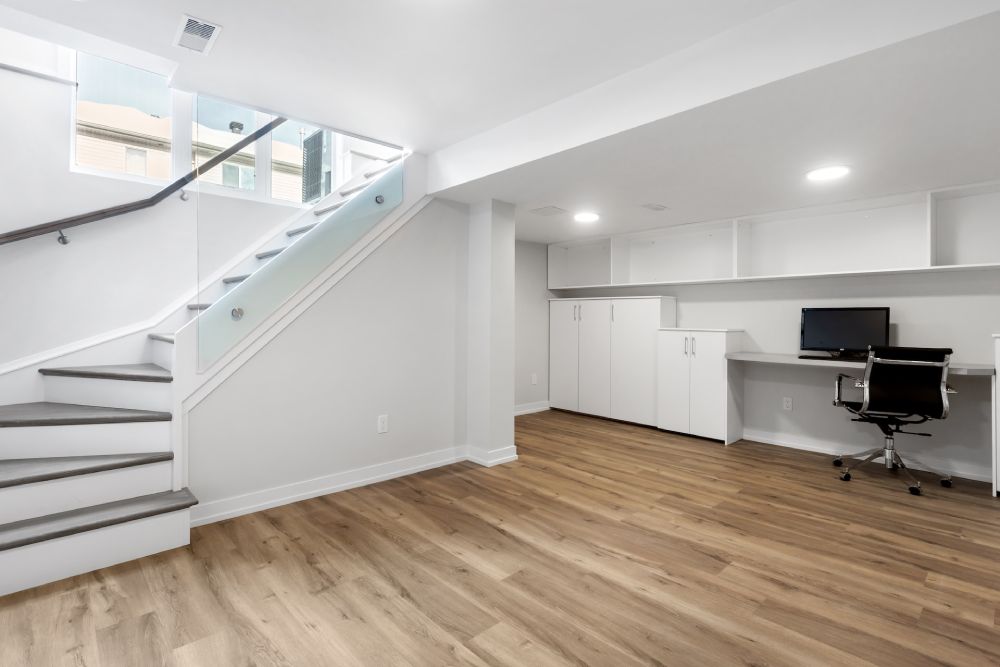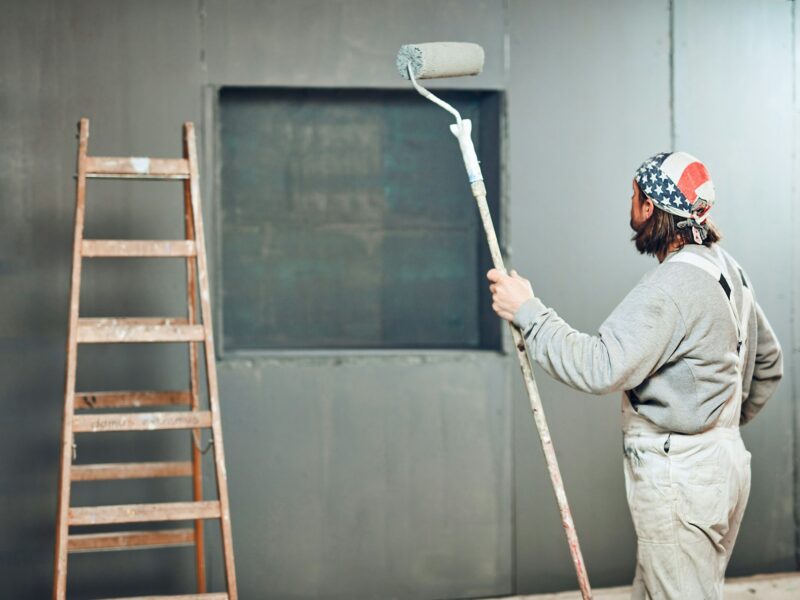Wet basements are more than a nuisance. They can cause mold, water damage, and serious structural problems.
It is essential to understand where the moisture is coming from to prevent a wet basement and take measures to correct it. This will help keep your home healthy and dry for years to come.
Install Downspouts
If your home is prone to flooding, installing downspouts is worth the investment. This simple solution is essential for preventing future foundation damage, basement leaks, and flooding problems. Downspouts are gutter extensions that direct rainwater away from your home’s foundation. If your downspouts are correctly angled, they will provide an excellent drainage system and dry your home.
When the water table rises, the soil around your home will fill up and press against the foundation. If the pressure becomes too high, it will seep into the basement through foundation fractures. Ineffective grading and insufficient slope may also contribute to this problem.
Investing in basement waterproofing near me and other prevention measures is the best way to protect your home. However, you should also take a few additional steps to minimize the amount of water entering your home. Excessive moisture is a leading cause of mold growth and other severe problems in the basement.
Keeping humidity levels low by using dehumidifiers, opening windows on sunny days, and installing exhaust fans in laundry rooms are all effective ways to keep humidity under control. In addition, a coat of exterior waterproofing paint is the most affordable and convenient option to stop condensation on concrete walls and floors. It is easy to apply and can be done in just one day.
Install Soffits
Soffits are an essential part of the structure of any home. They conceal structural beams, HVAC ductwork, and plumbing, and they prevent moisture from entering the home. They also ensure attic ventilation and protect the roof from ice dams and other damage.
If the soffit becomes damaged, it could lead to problems in other parts of the house, such as dampness or mold, which could be expensive to fix. Soffits should be checked and cleaned regularly. For example, checking for bees, hornets, or wasp nests, mildew, and rot is a good idea. Soffits can be made of aluminum, vinyl, wood, or fiber cement.
The most popular soffit material is uPVC, which is cheaper than aluminum and doesn’t rot like wood. It can be purchased in various colors and finishes and is easy to install. uPVC soffits can either be solid or vented. Solid soffits are the cheapest but do not provide airflow into the attic, while vented soffits do.
Wood fascia boards are aesthetically pleasing but can rot and need regular maintenance, such as painting, scraping, and caulking. Vinyl is inexpensive and durable, but it may melt in hot climates. Aluminum is more expensive but resists rotting and doesn’t need repainting. It is available in various sizes and colors and can be easily cut using heavy-duty snips or a portable circular saw with a fine-tooth blade turned backward.
Install Gutters
While some homeowners think gutters are a waste of time and money, they are essential in keeping the basement dry. Rainwater not redirected away from the home can saturate soil near the foundation, leading to flooding, structural damage, and mold growth.
Gutters capture the water from your roof and channel it through downspouts to a safe location away from your house. Without them, rainwater tends to gouge a trench along the eave line and saturate the ground around the foundation, causing flooding and moisture problems for your basement.
Once the water pools in this area, it creates hydrostatic pressure that causes cracks in the foundation and basement walls, which can be highly damaging and expensive to repair. Over time, the repeated cycle of accumulating and rerouting water will widen existing cracks and cause more to form, resulting in regular flooding and wet walls. Gutters that aren’t properly maintained or sized can be clogged with leaves and twigs, decreasing their ability to redirect the flow of rainwater.
Gutters clogged with debris can overflow during heavy downpours, causing the rainwater to spill over the sides and into your basement. This can result in costly repairs and damage to your HVAC system, electricity, and other vital installations in the basement. Adding gutters and ensuring they’re kept clear of debris is a simple way to avoid flooding, foundation damage, and other problems a wet basement can cause.
Install a Sump Pump
Properly installing a sump pump in a home can prevent flooding and water damage during severe storms or rising waters. It can also help protect wall coverings from moisture, discourage mildew and mold growth, and keep basement appliances safe from corrosion. Many homeowners’ insurance policies offer reduced premiums for homes with a working sump pump, and the upfront cost of installing one can be offset by savings on insurance costs over time.
A sump pump works by gathering excess water into a basin or pit in your basement. When the water level reaches a certain point, a float switch is activated, and the pump moves the water out through a discharge pipe. The system can be equipped with a check valve that ensures the one-way flow of water to avoid backflow into the pit.



